Table of Contents (click to expand)
Binoculars cleverly use the concept of optics to enable us to view distant objects with ease. Their design is based on the principles of light refraction.
As a kid, I always wanted to own a super-cool pair of binoculars that the S.H.I.E.L.D. agents used in Marvel movies. Imagine being able to look through walls and see every technical detail of your surroundings.
Binoculars may not be superhero-level tools, but they cleverly use the science of optics to zoom you inside an anthill or out to the middle of the Milky Way. In this article, we will learn how exactly this cool gadget works, so that the next time you come across a pair, you’ll know what’s really happening!
Binoculars are essentially a pair of telescopes mounted on a single frame. Though telescopes trace their history back to the 15th century, J.P. Lemeire is credited with the design and patent of the binoculars, which were developed in 1825. Fast forward to 1854, when Ignazio Porro came up with the concept of prism binoculars, which laid the foundation for the incredible technological advancements of binoculars.
Optics Behind The Binoculars
Binoculars work on the concept of light refraction, and the “magic” element is how lenses/prisms effectively implement this property of light.
Refraction
When light passes through different media, it bends outwards or inwards, depending on the density of the medium through which it’s traveling. This is called the refraction of light. If light travels to a denser medium, it bends inwards, whereas if it travels to a rarer medium, it bends outward.
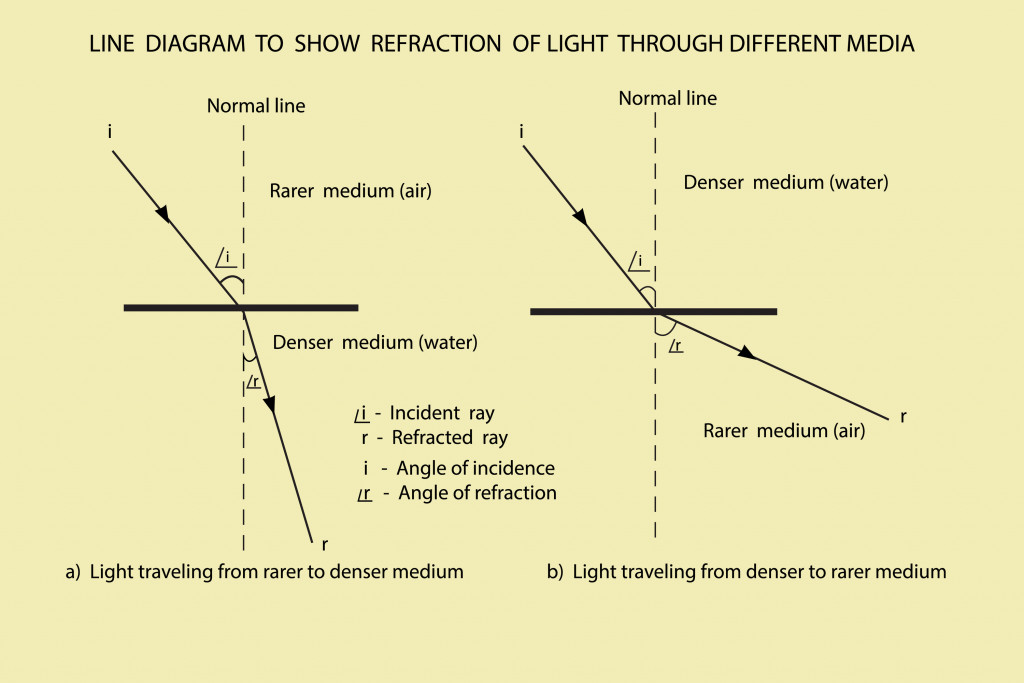
The glass in the objective lens of the binoculars receives the incident light, and when light passes through them it bends or refracts to form an image. Therefore, the amount of light can be controlled by altering the objective lens. The glass in the eyepiece further receives light through the objective lens and processes its image into the final image perceived by the observer.
Lenses And Magnification
The word lens comes from the Latin word for lentil, in reference to its shape. Therefore, a lens is a piece of curved glass through which light can be transmitted or refracted.
Primarily, there are two types of lenses—convex and concave.
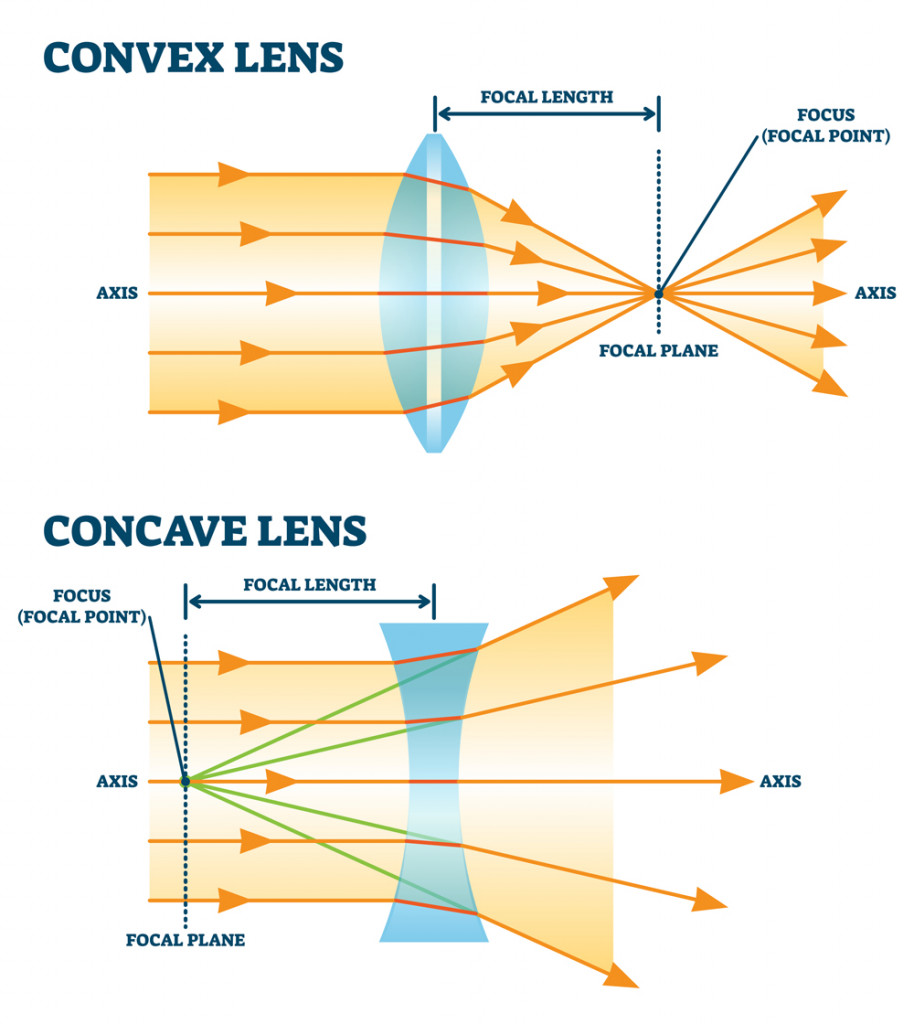
The convex lens is thicker in the middle and thinner towards the sides. This construction helps light refract inwards and allows for focusing distant rays into a smaller region, forming a small image of the distant object. It is used as the objective lens of the binoculars.
The concave lens, on the other hand, is thinner in the middle and thicker towards the side. The light refracts outwards, forming comparatively larger images of smaller objects. Hence, it behaves like a magnifying glass. The eyepiece of binoculars is made of this type of lens so we can clearly see the image of the object.
Prisms And Their Arrangement
The whole construction of binoculars is now coming together, but there’s a catch. It just so happens that when light from a very faraway object passes through the convex objective lens, it produces an upside-down image, resulting from the crossing over of light. The eyepiece also cannot resolve this problem, so the final upside-down image won’t be of any use. This is where prisms come to the rescue!
A prism is a three-dimensional piece of glass that can rotate and reflect an image. Thus, prisms are deployed in binoculars to rotate the inverted image by 180⁰ and obtain an upright image in the eyepiece. Each prism can rotate light by an angle of 90⁰.
A set of two prisms in each tube is used to obtain the desired image in a pair of binoculars. There are two types of arrangements for the prisms, namely Porro prisms and Roof prisms.
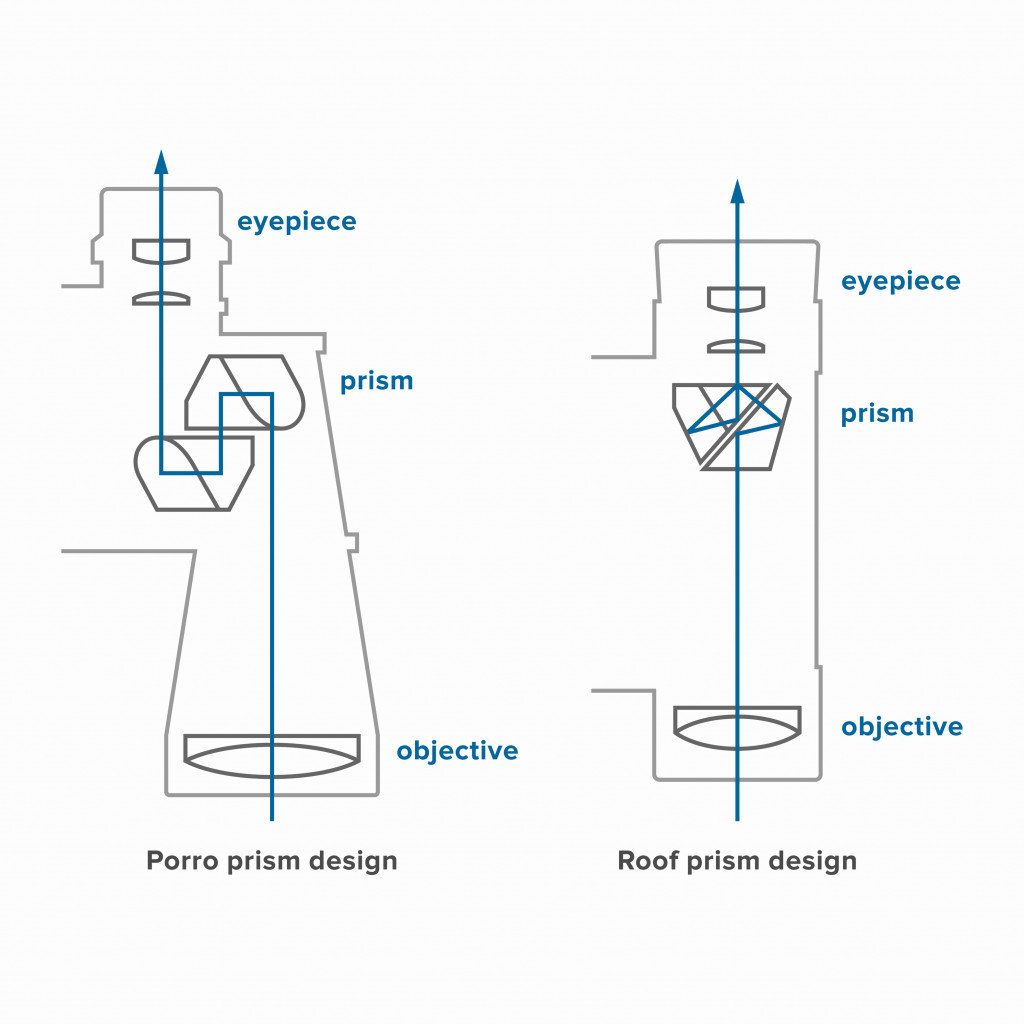
In Porro prisms, the two prisms are arranged side by side at 90⁰. This results in a bulkier structure to the binoculars.
In Roof prisms, the two prisms are arranged in a straight line along the direction of light propagation, which results in more compact binoculars.
Also Read: How Do Different Types Of Telescopes Work?
How Do Binoculars Work?
Putting all the above inferences together, we conclude that when rays of light passing through the objective lens form an inverted image of the distant object, the arrangement of the prisms rotates it by 180⁰ and the eyepiece, in turn, produces a magnified image of the initial image, enabling the observer to easily view that object with clarity. This happens for both the left and right tubes of the binoculars.
Different Types Of Binoculars
With advancements in science and technology, devices are becoming better each day. Binoculars have broadened their horizon of versatile use and are now classified into some specialty categories listed below:
Mini Binoculars
These are portable and can be stuffed into your backpack quite easily. They may be not as powerful as the full-sized ones, but still serve the purpose of magnification quite well.
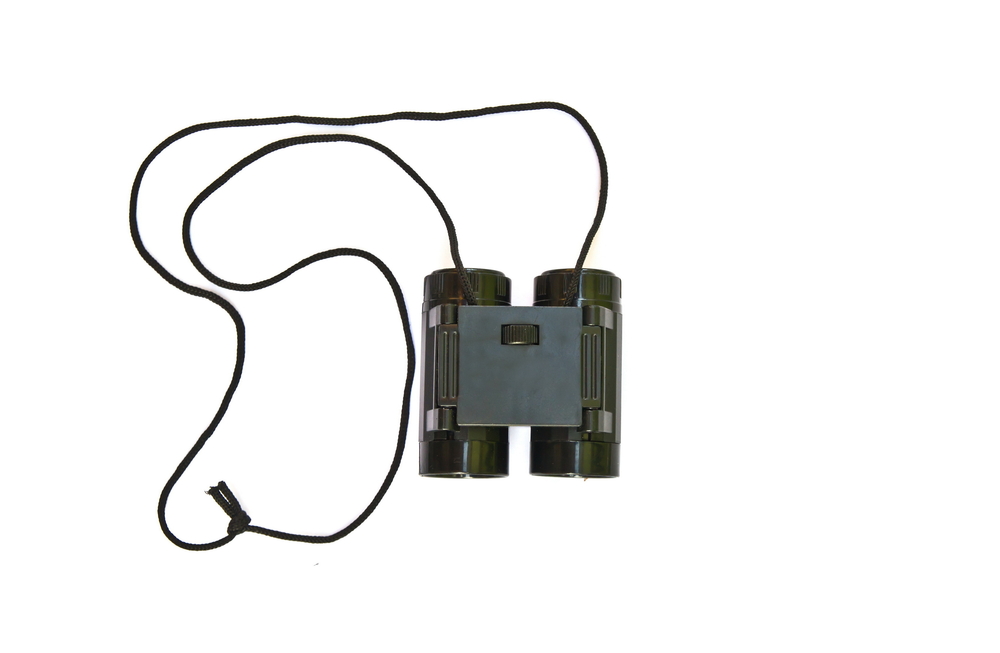
Zoom Binoculars
These types of binoculars specialize in changing the magnification of the lenses according to your requirements and are able to zoom in on objects.
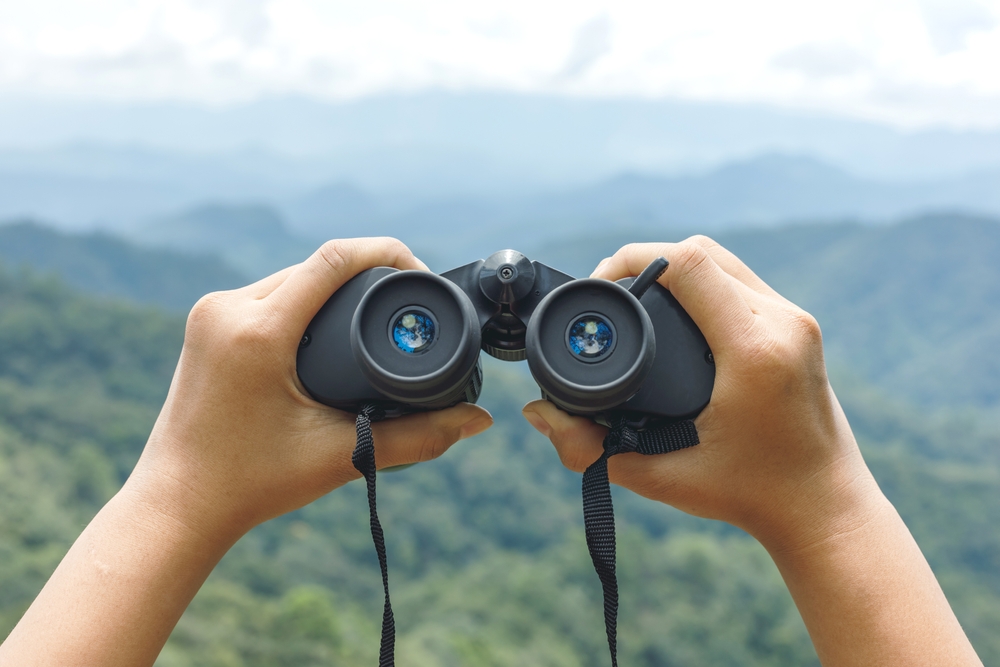
Wide-Angle Binoculars
As the name suggests, these binoculars have a wider field of view than normal binoculars, enabling you to cover a better range to spot objects in open spaces. These are ideal for wildlife and game spotting.
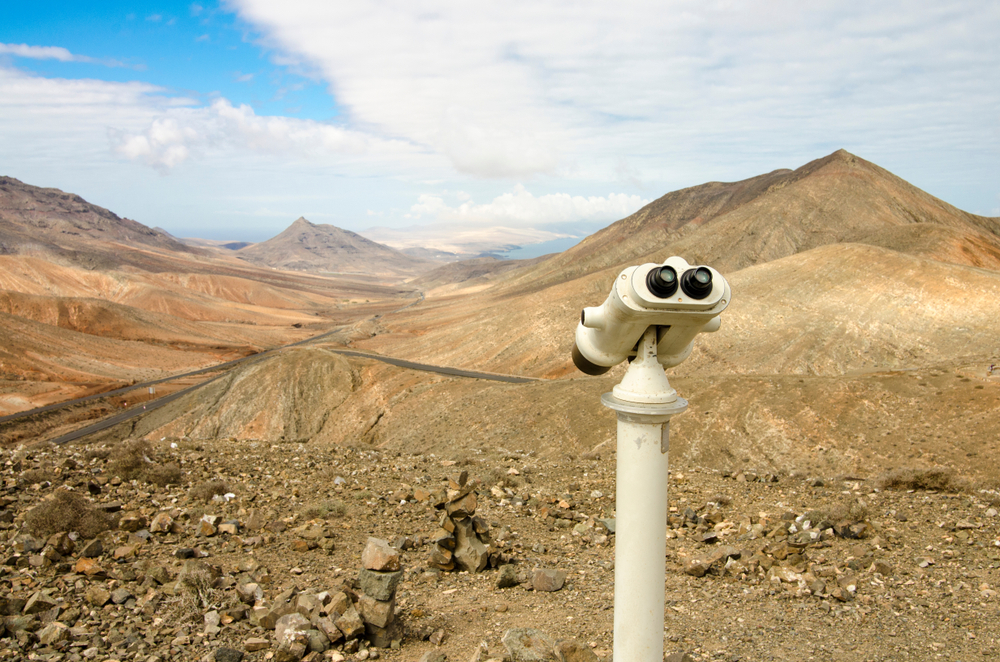
High-powered Binoculars
These are used as an alternative to telescopes by astronomers. They are ideal for long-distance viewing, due to their high level of magnification.

Night-vision Binoculars
These are probably the coolest type of binoculars, as they can enable you to see distant objects in the dark. Used especially by the military or special forces, these binoculars make use of photo-sensitive lenses and photo-cathodes. Thermal imaging may also be available in these binoculars.
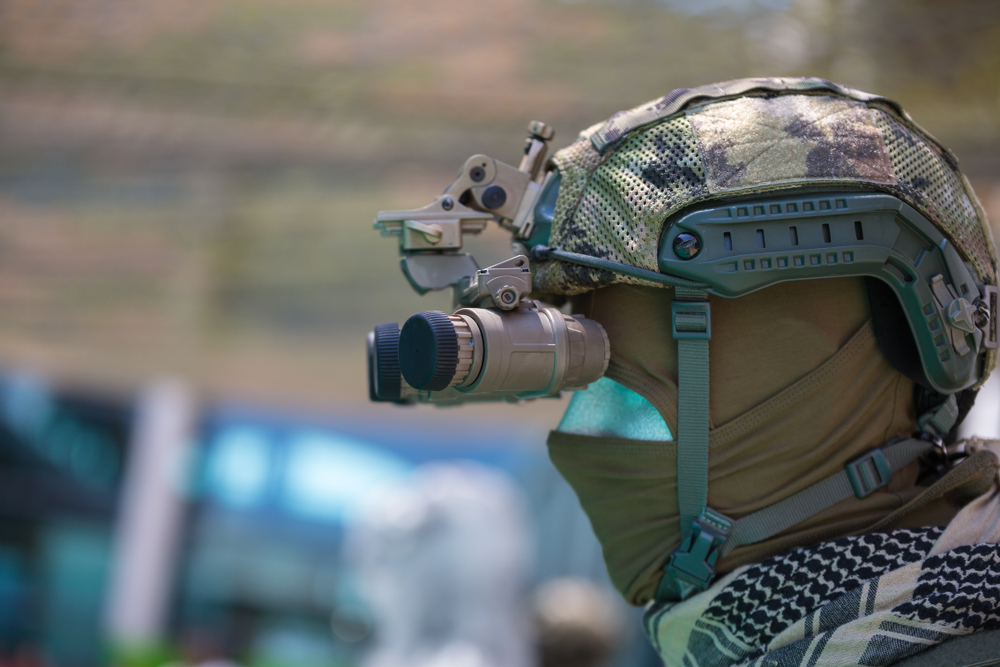
Also Read: Which Is Better: Optical Microscope Or Electron Microscope?
A Final Word
Whether a secret agent, a celebrated soldier, or a wildlife enthusiast, when on a mission or adventure, binoculars are as essential tool. The ability to see what you want beyond the physical limitations of the human eye is quite fascinating.
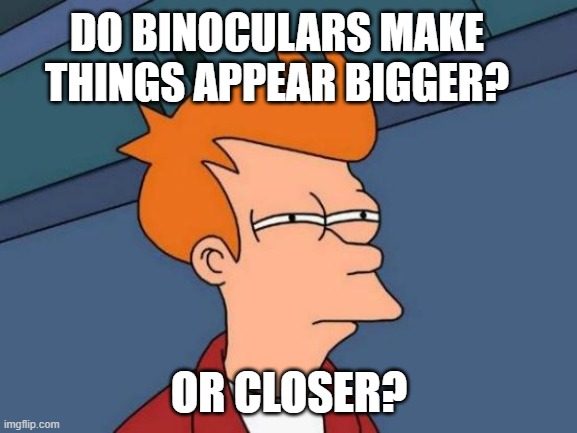
Let’s just hope that someday, we can have a device that fits into our eye lens and automatically turns it into a binocular. That ability may not be far away, as technology is evolving fast!
How well do you understand the article above!

